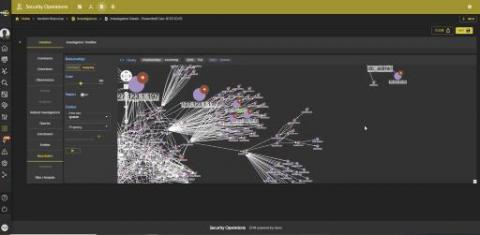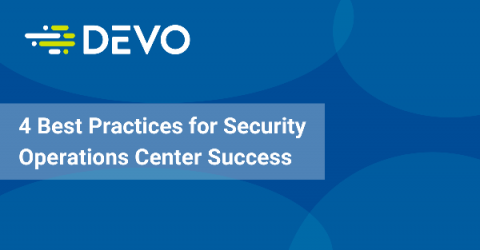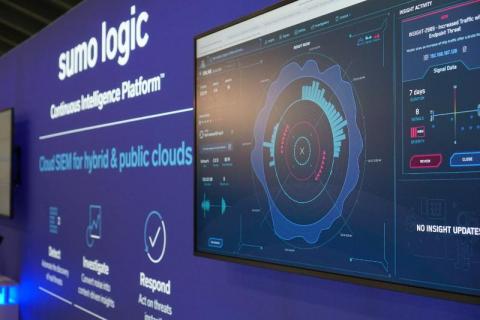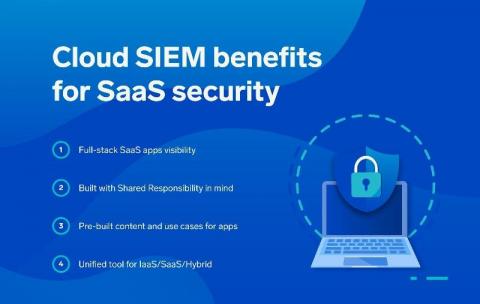Security | Threat Detection | Cyberattacks | DevSecOps | Compliance
Logging
Elastic SIEM detections
With the release of Elastic Security 7.6, we've announced our creation of a modern detection engine that provides SOC teams with a unified SIEM rule experience through Elastic SIEM detections. The detection engine draws from a purpose-built set of Elasticsearch analytics engines and runs on a new distributed execution platform in Kibana.
Capitalize on Analyst Intuition for More Effective Cybersecurity
You’ve probably heard by now that we face a severe shortage of cybersecurity professionals with the skills and experience necessary to effectively defend against today’s—and tomorrow’s—threats. Cybersecurity Ventures estimates there will be 3.5 million unfilled jobs globally by 2021. Fortunately, there are key areas of the SOC workflow that can be automated to take advantage of security analyst intuition and act as a force multiplier.
4 Best Practices for Security Operations Center Success
The security operations center (SOC) plays a critical role in an enterprise organization’s efforts to protect their data from rapidly evolving cybersecurity threats. However, for a variety of reasons revealed in this report by the Ponemon Institute—based on a survey sponsored by Devo of more than 500 IT and security practitioners—organizations are frustrated with their SOC’s lack of effectiveness in performing its vital work.
Elastic SIEM for home and small business: SIEM overview
Hello, security enthusiasts! This is part seven (can you believe it?) of the Elastic SIEM for home and small business blog series. If you haven’t read the first six blogs in the series, you may want to before going any further. In the prerequisite blogs we created our Elasticsearch Service deployment (part 1), secured access to our cluster by restricting privileges for users and Beats (part 2), then we created an ingest pipeline for GeoIP data and reviewed our Beats configurations (part 3).
How Devo Security Operations Transforms the Way SOC Analysts Work
As someone who began working in security operations centers (SOC) more than 30 years ago, back when we were known as computer incident response teams (CIRT), I am acutely aware of just how challenging it is to make a living as a SOC analyst. That’s why I’m so enthusiastic about the new Devo Security Operations Platform we launched recently.
A Healthy Outlook on Security From RSA Conference 2020
How to Stop Phishing Attacks: Lessons Learned From the JPMorgan Chase SOC Team
Phishing attacks aren’t going away anytime soon. The numbers from Verizon’s 2019 DBIR Report and SANS Institute prove only one thing: When you’ve done all you can to protect against phishing attacks, that means it’s time to do more.










